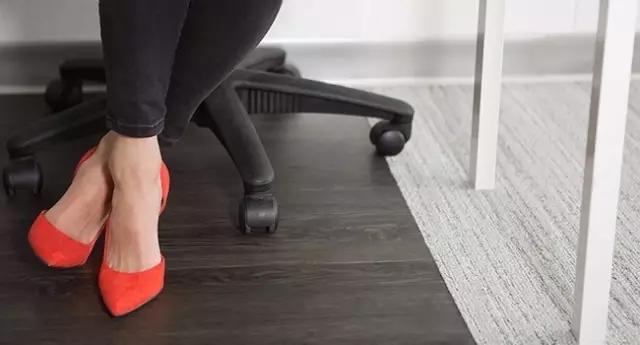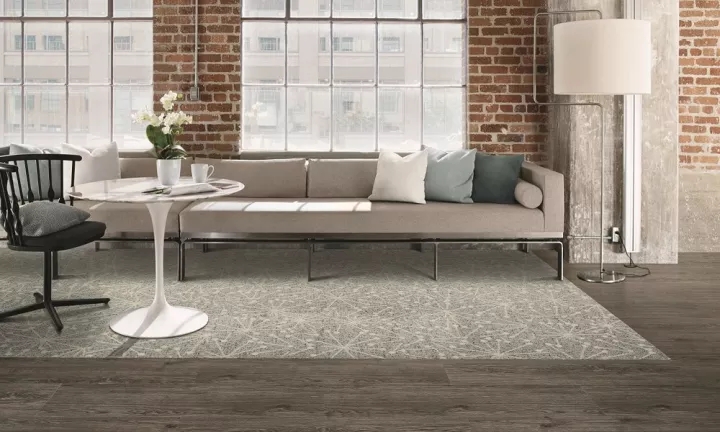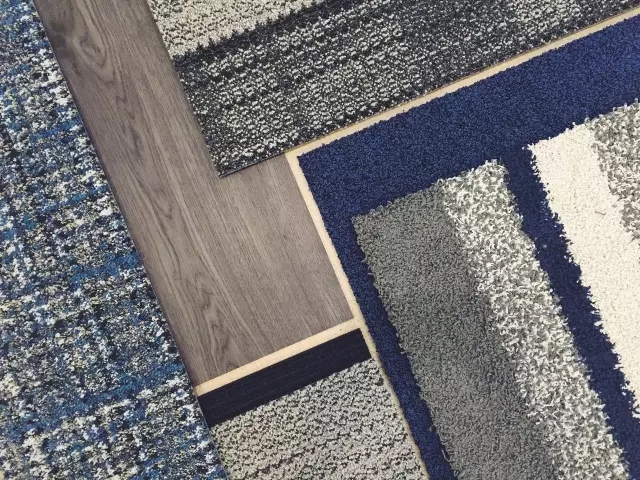

- 0086 13321818576 (Steven Lee)
- info@3c-floor.com
Today, more and more customers are considering the use of LVT flooring as a floor covering for interior decoration. One of the biggest benefits is its easy-to-clean and easy-to-maintain features. This feature not only allows the user to enjoy the long-term durability and stability of the floor, but also provides a feeling of lasting beauty and comfort.
However, how to clean the LVT floor to ensure it is durable over the warranty period is not a simple matter. In order to ensure that the floor of your choice is well protected in the next few years, you should clearly understand some of the problems of LVT floor maintenance. Here are a few common questions about maintenance.
01. Do you need to wax the LVT floor?
No need. This is important, LVT flooring does not require waxing, but the proper use of ground polish can provide good maintenance. There is a big difference between the two. Floor waxes are generally derived from carnauba wax and require special polishing equipment for each use. In general, schools and hospitals often use wax for maintenance, so that the floor looks neat and bright.
The ground polish is a liquid-based material that can be used with mops and buckets. Unlike waxes, waxes are more solid and require polishing on the floor surface. For surfaces that are prone to wear or scratches, the manufacturer recommends the use of a polishing agent. Although this is not a hard requirement, if used properly, the floor polish provides a protective barrier to improve the gloss and life of the floor.

02. Is it necessary to use a high-speed polishing machine on the LVT floor polish to improve the gloss?
No need. The high-speed polishing opportunity causes the wear layer to penetrate into the core layer of the floor, causing damage to the floor. High-speed polishing also causes the layers of the floor to separate, resulting in delamination. It is recommended that you slowly polish the floor on the LVT floor to increase gloss.

03. What should I do if there are scratches or abrasions on the LVT floor?
Use a dry mop, broom, or vacuum cleaner every day to clean debris or sand on the floor surface to avoid surface scratches. If scratches or wear have occurred, you can perform a light polish and the floor will be as clean as new. Other simple fixes include:
Use paint or elastic floor seal paint (after cleaning) to hide most of the small to medium wear. Stain repair tools are also useful.
If the scratch is deep (such as a groove, cut or dent), then it is best to replace the floor, which is relatively simple. Wear is similar to deep scratches because any object that causes wear (shoes, chairs, carts, etc.) can cause heat transfer and damage the wear layer. Other solutions include attaching a tennis ball to the top of the stick, wiping the wear marks, or using a rubber pad to wipe the worn area. Deep wear marks that damage the wear layer can be treated with a floor polish that, if used properly, helps minimize visible damage.

04, LVT floor helps hide dirt or wear?
When dealing with dirt, it is best to be timely and prompt. Therefore, we recommend that you can use LVT flooring in heavily polluted areas with high traffic. The pattern of the high-grade elastic floor has a variety of shades or textures to hide pedestrians' foot prints, scratches or dust. Of course, the use of light-colored floors can also cause problems with dirt, but keep in mind that spills or dirt on the LVT floor can be easily wiped off.
The important thing to remember is that, like all other hard floor products, advanced resilient flooring is susceptible to normal wear and tear, especially in areas with high traffic. However, unlike many other flooring products today, advanced resilient flooring is easy to clean for spills, stains, abrasion or scratches. The key is to rely on high-quality paint to protect the floor and follow daily maintenance recommendations to find ways to minimize damage.